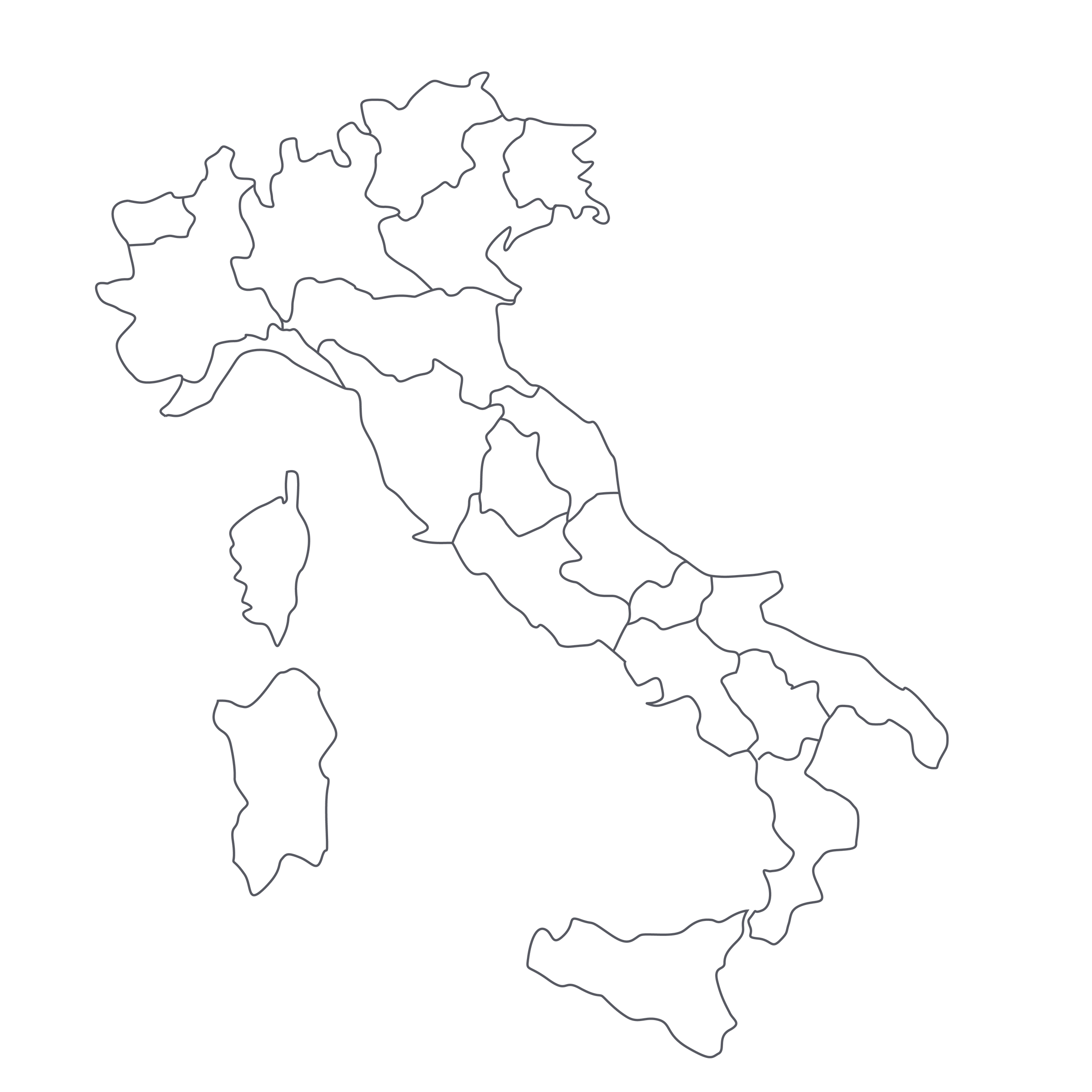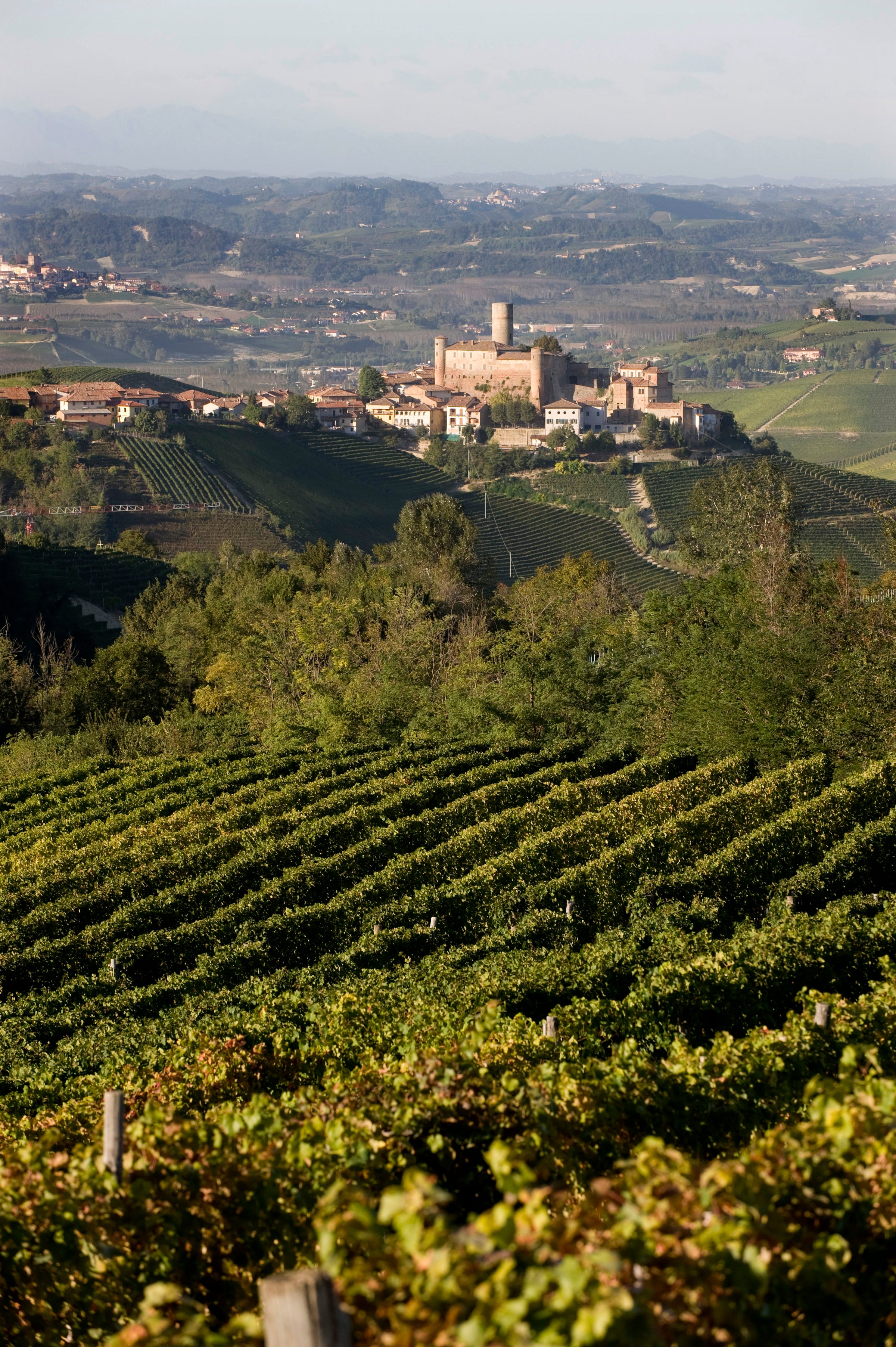I just shake my head in amazement every time I taste this Brut Rosé from Murgo—and I taste it a lot, because it has been a staple of every restaurant wine list I’ve ever written. Why? Because it is one of the very best Champagne-method sparklers made anywhere in Italy, at a price that has remained unfathomably low.
During my restaurant days, it was one of the most sure-fire by-the-glass pours I could offer: No one was longing for a $25-$30 glass of Champagne when I had this on hand, and should you ever find yourself picking wines for a larger event, one for which Champagne may be too pricey, this one fills the bill impressively well. As we all know, wines made in the Champagne method are especially costly to produce: They are more labor- and equipment-intensive, and require tying up inventory for years before the wine is finally released. Given all this, I remain amazed that the Scammacca del Murgo family gets this hand-made Brut Rosé—crafted from Etna’s Nerello Mascalese grape and aged a full two years on its lees before final bottling—on the market for less than $30. If you recall this bottle from prior SommSelect offers, you know what to do: Hoard it, greedily, for occasions large and small.
As SommSelect subscribers know well—since we’ve offered just about every wine they make—the Scammacca del Murgo family is one of Mount Etna’s longer-term tenants. Baron Emanuele Scammacca del Murgo, a longtime Italian diplomat, decided to re-dedicate his family’s property to wine production back in 1981, a time when Etna wine was little talked-about—most of what was produced from the ancient vineyards here was sold to cooperatives for bulk wine. In the eighties, there were maybe a half-dozen serious commercial producers in the area, but of course it’s been a total gold rush since then; these days there are more than 100 producers of Etna wine, with larger Sicilian wine concerns and many other further-flung producers clamoring to get a piece of the action.
The still-erupting Etna volcano is among the few pockets of Europe untouched by phylloxera, and its soils of black ash and pumice stone are planted mostly with old, head-trained bush vines called alberelli (“little trees”). Vineyard altitudes on the volcano reach up to 1,000 meters, making it some of the highest-elevation viticulture in Europe and the only ‘cool’ region of Sicily, which otherwise has more in common with North Africa than much of mainland Italy when it comes to climate. The local Nerello Mascalese grape, the driving force of Etna reds, has rightly invited comparisons to Pinot Noir from Burgundy, and, as expressed in sparkling form, it delivers a great mix of bright fruit and smoky savor.
Sourcing 100% Nerello Mascalese from their high-altitude vineyards in Zafferana Etnea, on the eastern slopes of the volcano—a less populous area of wine production compared to the more densely planted north slope—the Murgos macerate the grapes on their skins for about 24 hours to extract the delicate salmon-pink color, then produce the wine in the exact same manner as Champagne (método classico is the Italian term for ‘Champagne method,’ wherein the second fermentation is carried out in the bottle). This wine was aged on its lees (the spent yeast cells that collect in the neck of the bottle) for two years before it was disgorged and re-corked for sale.
Murgo’s Brut Rosé is always a vintage-dated wine, and this latest release (2017) is a model of consistency: The color is a textbook pale salmon-pink with coppery highlights, and the aromas mix dried cherry, red currant, strawberry, melon, pink peppercorn and a whiff of smoke. Perhaps it’s the volcanic soil but there’s a pronounced mineral savor here, especially on the finish, and great structure—not only is it an exceptionally refreshing apéritif to sip with some prosciutto and melon, it would absolutely stand in for rosé Champagne at the dinner table. Serve this in all-purpose white wine stems or open-mouthed flutes at 40-45 degrees, at any point in a meal, really: It would be off-the-charts good with the attached salmon puffs recipe, so maybe start with that. Many more opportunities await! Enjoy!






